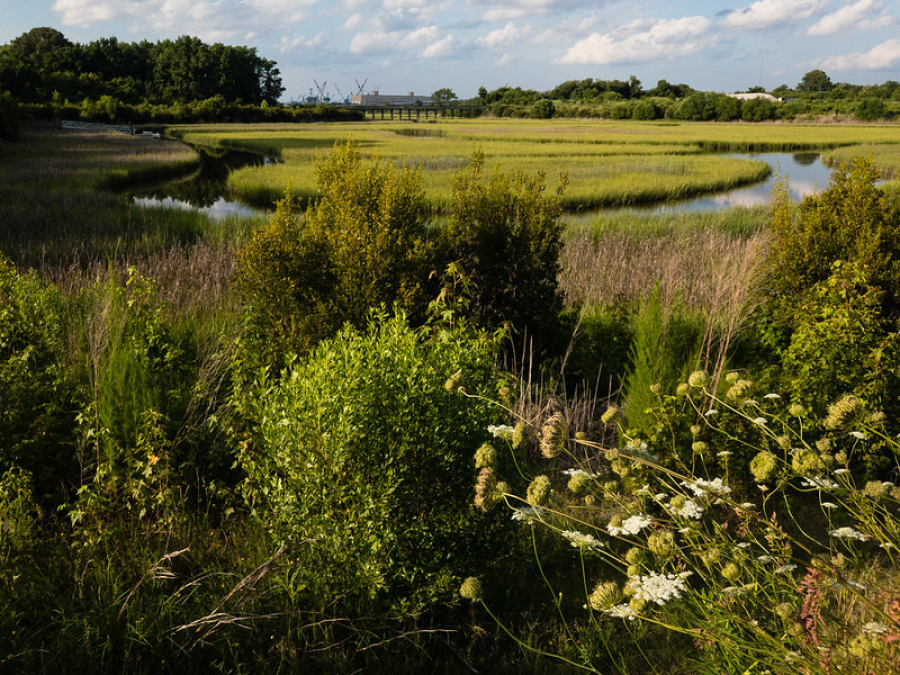Chesapeake Bay Program model estimates decline in nutrients, sediment
The six states in the Chesapeake watershed--and Washington, D.C.--continue to chip away at pollution entering the Bay

The six states in the Chesapeake watershed--and Washington, D.C.--continue to chip away at pollution entering the Bay
